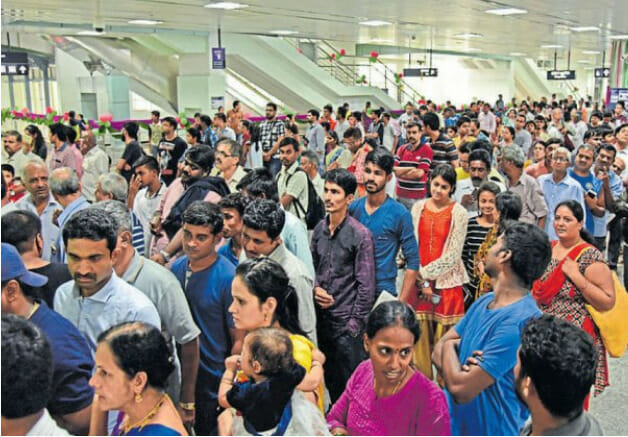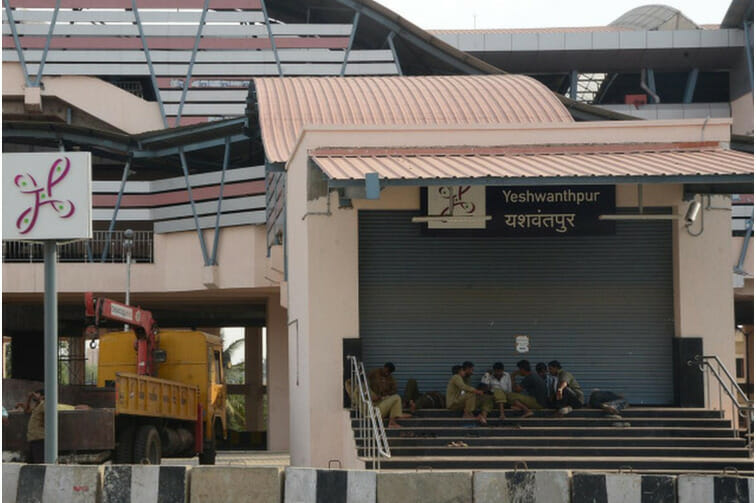As metro network expands and ridership increases in Bengaluru, crowding at metro stations will be experienced more frequently. This raises concern with regard to safety issues, stressful rides, increased travel time, among other problems.
I have been commuting from home to college and back by metro since 2017. Yeshwanthpur metro station, my starting point is always heavily crowded, especially on Mondays and festival days. The metro station gets crowded as many passengers alight at the nearby Yeshwantpur railway junction.
The main reason for my running late on most days is the bottleneck caused by the crowds at the ticket/token counters. My request to the metro management is to provide a separate entry point for daily passengers, who need not buy a token since they own a card.

Read more: Namma Metro has only worsened Bengaluru’s traffic congestion and air quality

Flexible crowd management systems

Victor Mensink in his thesis, titled Crowd management in train and metro stations, proposed “a method to systematically select and assess effective crowd management measures to increase the safety and throughput in train and metro stations”. Victor adds that apart from large structural changes, “short term more flexible and cheaper crowd management measures can be applied.” This is a solution that can be looked into in Bengaluru’s case.
This article is part of the Citizen Journalism for Changemakers-CJC Programme, which was conducted from February to March, 2023. This programme was supported by Rohini Nilekani Philanthropies.